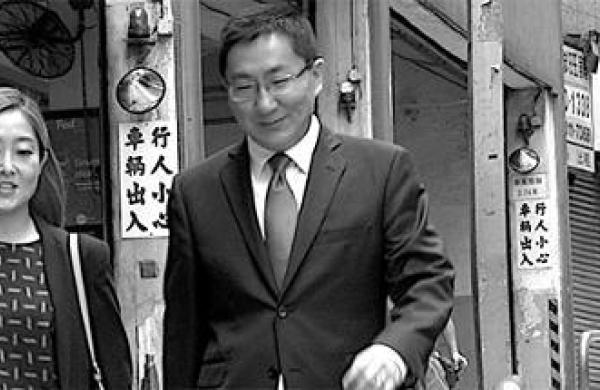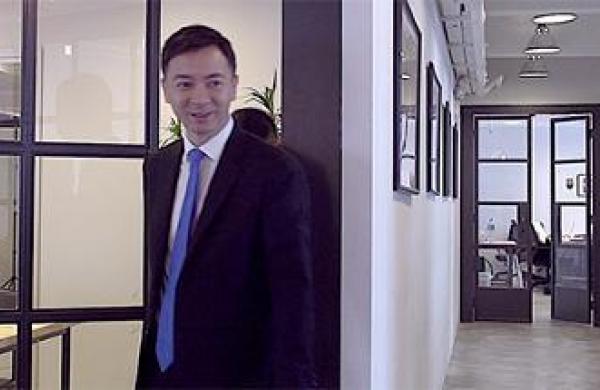< The 2015 All-Asia Research Team


Total appearances: 18
Team debut: 1998The Morgan Stanley group with Daniel Heyler and Dong-Je (Simon) Woo at the helm leads this lineup for a fifth year running. Headquartered in Hong Kong and Seoul, the four analysts remain bullish on regional semiconductors companies over a long-term horizon, citing their dominance across such key industry segments as display, foundry, memory and mobile processors. Additionally, they note, the sector has reaped the rewards of a five-year cycle of significant mobile expansion — and should likewise benefit from exposure to the growing connectivity among a wider range of devices, including wearable technologies and the like, over the next five years. Among the companies best poised to perform well in this environment, the team advises, are South Korea–based Samsung Electronics Co. and Taiwan Semiconductor Manufacturing Co. Morgan Stanley’s researchers turned positive on mobile phone giant Samsung in late November, elevating their position from neutral to buy and revising upward their earnings forecasts thanks to optimism regarding the manufacturer’s new technologies, including multigate chips, flexible organic LED panels and three-dimensional NAND. Through last month the shares leaped 17.4 percent, to 1.41 million won, outperforming the regional and global sectors by 11 percentage points and 18.7 percentage points, respectively. They project that Samsung will rise to 1.7 million won. The squad raised its rating on TSMC, the world’s largest semiconductors foundry, in early December, in part because of a higher forecast for logic integrated circuit growth this year and raised market share assumptions for various of the chipmaker’s process technologies. They assigned the stock a price objective of 165 New Taiwan dollars, and by the end of April it had risen 6.9 percent, to NT$147. During the same period, its regional peers gained 6.8 percent and semiconductors worldwide fell 4.8 percent.





